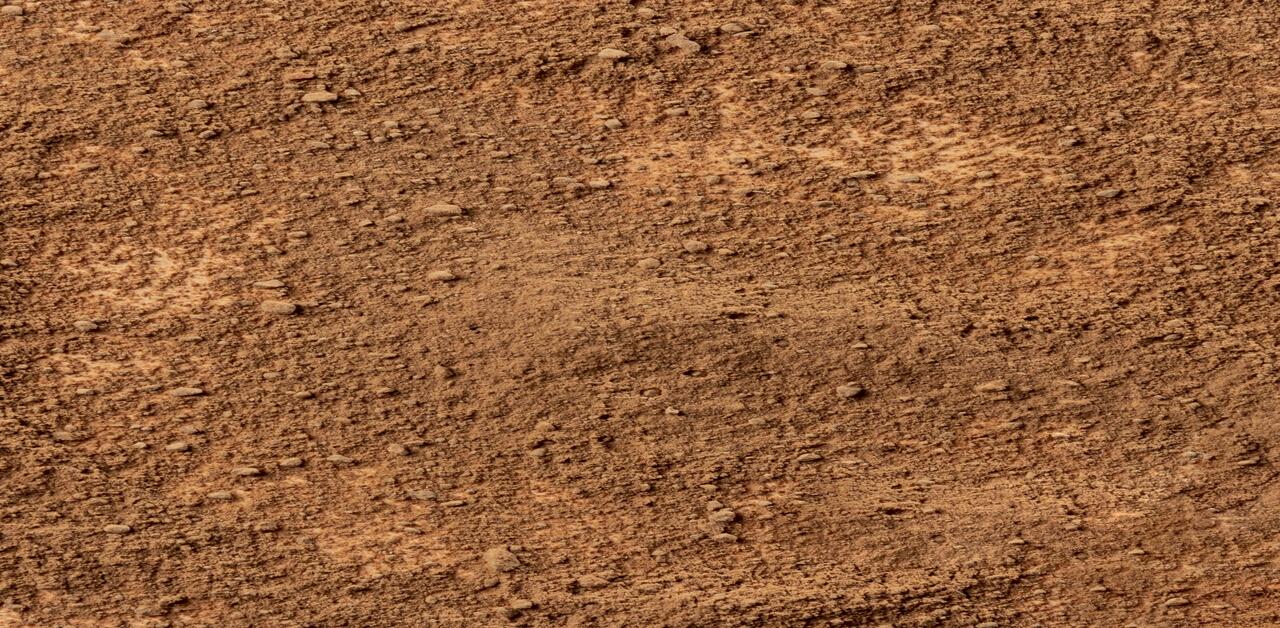The soils, like red and yellow soil, are the foundation of agriculture and vegetation worldwide.
India is blessed with various forms of soil that are very distinct in their characteristics, among them is the red and yellow soil that covers a large area.
The article describes at length the origin, composition, geographical distribution, characteristics, advantages, limitations, and agricultural significance of red and yellow soils.
Table of Contents
Red and yellow soils are residual soils, and they were made by the long-term weathering of late crystalline and metamorphic rocks.
These contain a lot of iron content and thus appear reddish and yellowish.
Such a type of soil is usually located in warm, temperate, and humid climate areas.
They are particularly conspicuous in the regions of India that have average to low rainfall and large forests.
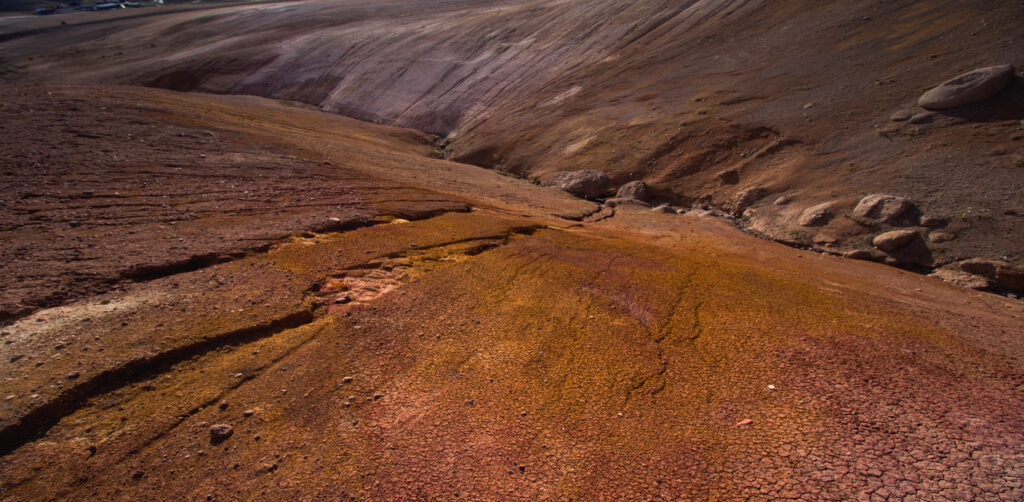
Formation of Red and Yellow Soil
The red soil and the yellow soil are largely made as a result of the weathering of the igneous and metamorphic rocks, mainly granite, gneiss, and schist.
It is red because of the presence of ferric oxide (iron), which is formed during dry conditions.
The soil assumes a yellowish tinge when it has stored more moisture or when there is a hydrated form of iron oxide.
Important processes in the formation:
Weathering of rocks through the use of chemicals.
The iron oxidation of the parent rocks.
Silica leaching abandons oxides and hydroxides of iron and aluminum.
Climate, vegetation, and topography effects on mineral decomposition.
Characteristics of Red and Yellow Soil
1. Color:
Red color because it contains ferric oxide (Fe₂O₃).
Yellow in areas with hydrated iron.
2. Texture:
Sandy to loamy texture.
Often porous and friable (easily crumbled).
3. Structure:
Typically lacks a well-defined structure.
The depth is shallow in hilly areas and deeper in plains.
4. Fertility:
Generally low in organic matter, humus, nitrogen, and phosphorus.
Moderate levels of potassium and iron.
Needs fertilizers and organic manure for better productivity.
5. pH level:
Usually acidic to neutral in reaction.
6. Drainage:
Good drainage due to porosity.
However, they may suffer from drought during dry periods.
If you want to decorate your house beautifully, you can click here.
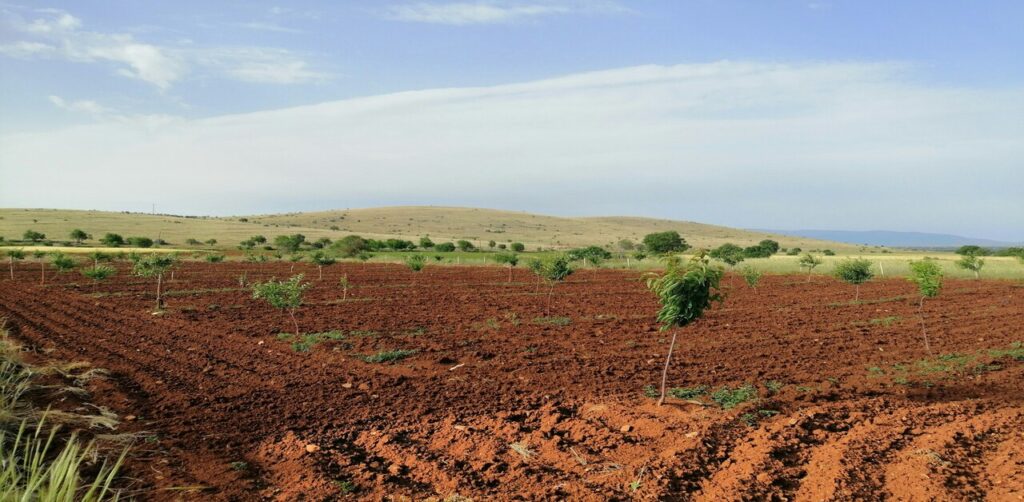
Distribution of Red and Yellow Soil
Almost 18 percent of the Indian land is covered by the red and yellow soils.
They are predominantly found in the Eastern and southern parts of the Deccan Plateau.
Eastern Madhya Pradesh
Chhattisgarh
Uttar Pradesh’s southern regions
Odisha
Jharkhand, Parts of Tamil Nadu, Karnataka, Andhra Pradesh, and the Western parts of West Bengal.
These soils are undeveloped in hilly areas and forested regions, whereas they are developed as deep and well-drained in plateau regions.
Agricultural Significance
Red and yellow soils are not naturally fertile.
however, they can be brought into production through proper soil management strategies.
1. Suitable Crops:
Millets (e.g., ragi, bajra)
Pulses
Groundnut
Cotton
Potato
Wheat (in irrigated conditions)
Maize Oilseeds
Fruits and vegetables grow in areas with better moisture retention.
2. Soil Management Techniques:
Application of fertilizers and compost to enrich nutrients.
Treatment with lime to lower the acidity.
Irrigation to maintain moisture in dry spells.
Crop rotation, green manuring, and soil structure and fertility preservation.
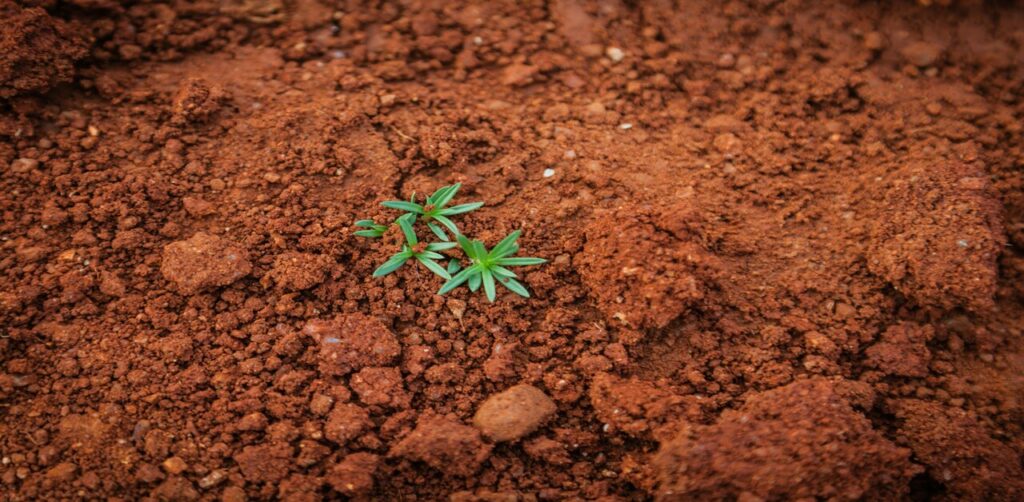
Advantages of Red and Yellow Soil
Additionally, it is beneficial for crops that require less water. Easy to work with, especially for root crops.
High content of iron is fundamental to certain crops, such as groundnut.
Universal availability, so that it can reach farmers in much of India.
Limitations of Red and Yellow Soil
Notwithstanding all its benefits, the red and yellow soil is associated with several challenges:
1. Low fertility: It does not contain such important nutrients as nitrogen, phosphorus, and humus.
2. Acidic: Restricts the production of several crops unless remedied.
3. Drought-prone: Porous structure causes water retention issues.
4. Erosion-prone: Particularly hilly and sloping regions because of a lack of good vegetative cover.
5. Hardening on drying: It hardens and then becomes hard to cultivate without sufficient moisture.
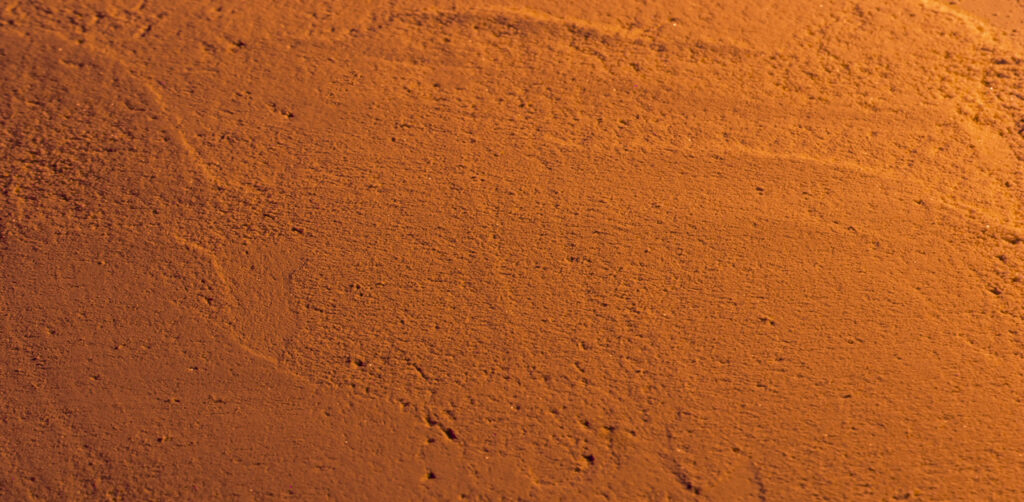
Environmental Significance
The red and yellow soils are also useful in addition to agriculture in:
Preserving the ecosystems of forest trees in eastern and central India.
Reducing floods by enhancing the recharging of groundwater because of its porosity.
Carbon sequestration, especially when combined with afforestation efforts.
Supporting biodiversity in regions where tropical dry forests thrive.
Sustainable uses
The following is the recommended practice in the red and yellow soil to have a sustainable use of the soil:
Terracing steep slopes and plowing along the contour to reduce runoff.
Cover cropping and mulching to retain more moisture, and Afforestation to stabilize the soil structure.
Farming in an organic way to increase the nutrient levels and become less dependent on chemistry.
Balanced fertilization based on soil testing.
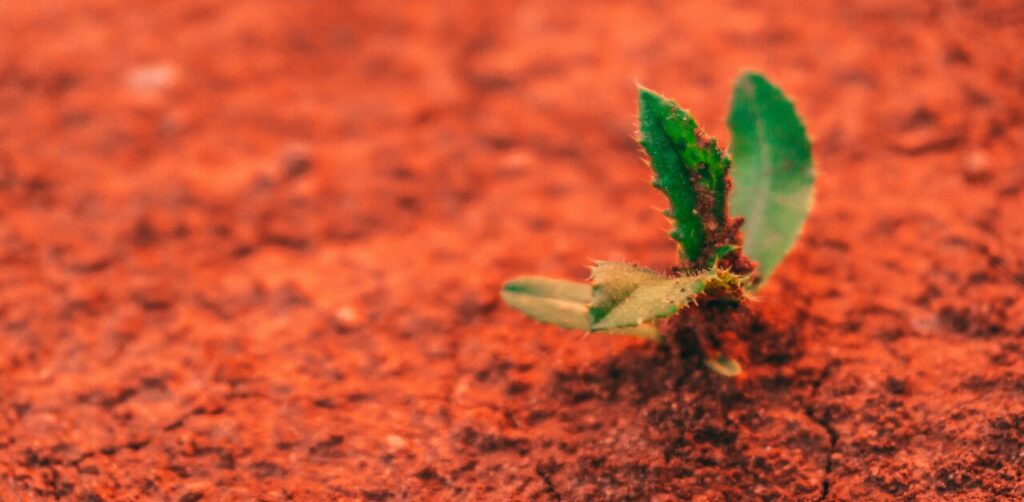
Conclusion
The red and yellow soils, which are not inherently fertile, have enormous agricultural potential, provided they are managed wisely.
As they are common in most parts of India, they are imperative to the rural livelihoods, particularly in rain-fed agricultural communities.
Understanding their characteristics, constraints, and how to manage them can help farmers achieve high yields without harming soil health.
Due to a host of reasons, including climate change and population growth, the pressure on land resources is mounting.
Thus, the need for sustainable use of red and yellow soils could not have been greater in terms of Indian food security and ecological stability.

